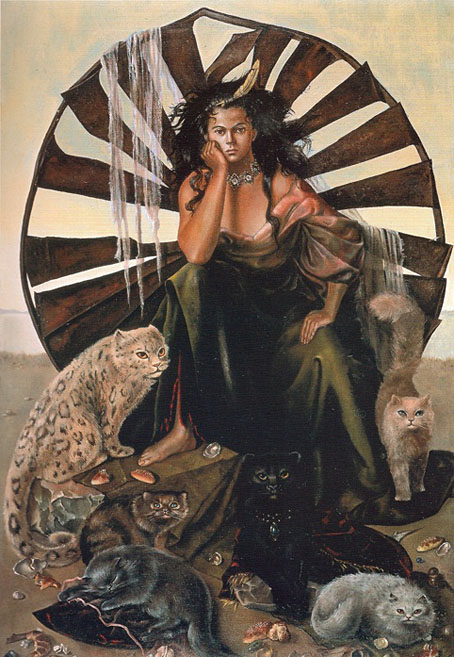Araki Street in Yotsuya (1935) by Tsuchiya Koitsu.
• “Cambridge, home of analytic philosophy, was also a hotbed of psychical research. How did this spooky subject take root?” Matyás Moravec on philosophers and precognitive dreams, Alan Turing’s interest in telepathy, and more.
• DJ Food remembers Doug Lear, founder of the Magic Lantern Narrowboat Theatre. Related: Lear’s Magical Lanterns, a TV documentary from 1983.
• New music: WEM Dominator (Live in London NW1, 2016) by Earth; and Rubber Band Music by Kate Carr.
• At Public Domain Review: Master of Claude de France’s book of flower studies (ca. 1510–1515).
• At Colossal: Landscapes, customs, and culture shape the 2025 Sony World Photography Awards.
• At the BFI: Carmen Gray offers suggestions for ten great Baltic films.
• Mix of the week: DreamScenes – March 2025 at Ambientblog.
• At Dennis Cooper’s: Room Temperature Day.
• Vinyl sleeves from Supraphon.
• Telephone And Rubber Band (1981) by Penguin Cafe Orchestra | Rubbermiro (1981) by Liquid Liquid | Onions Wrapped In Rubber (1994) by Tortoise





